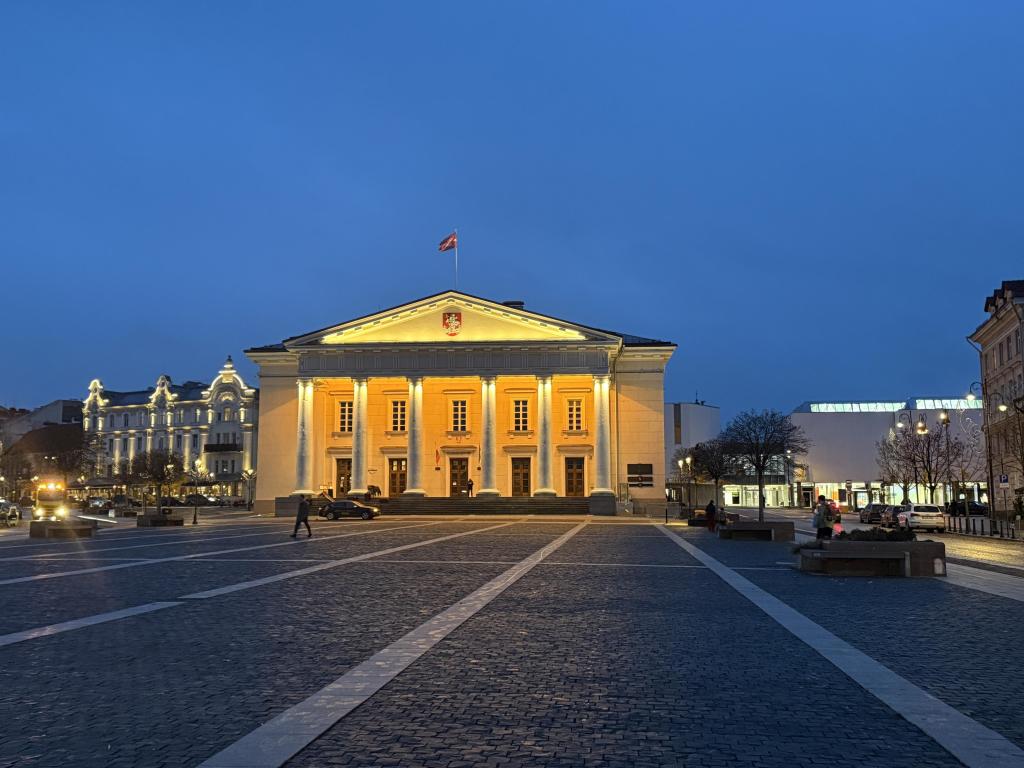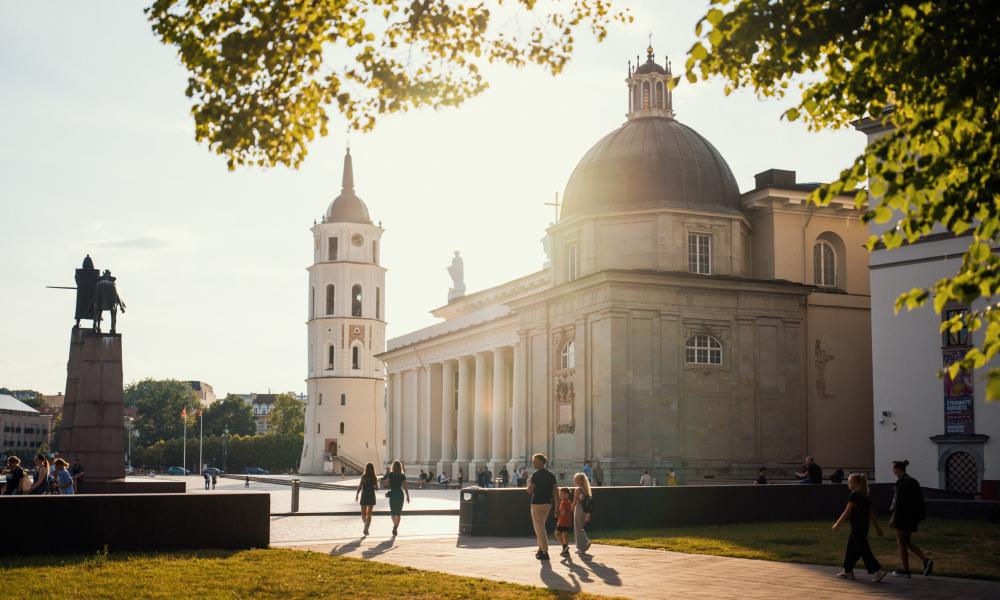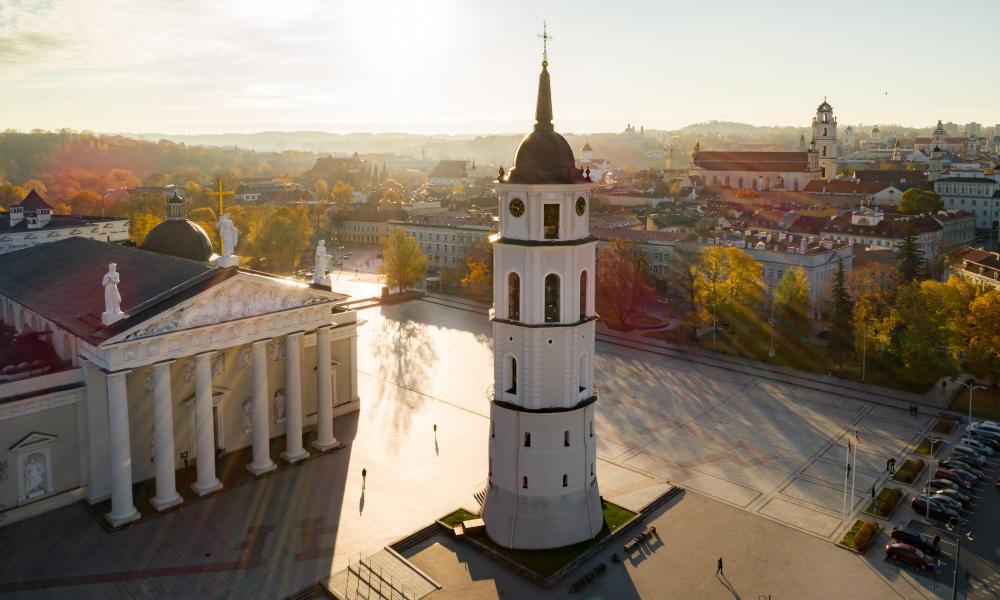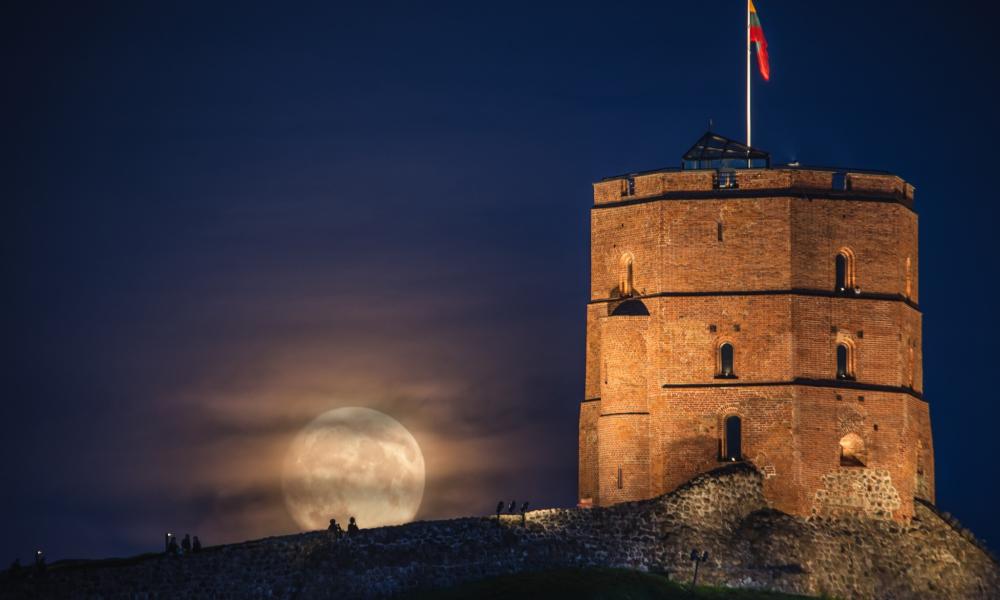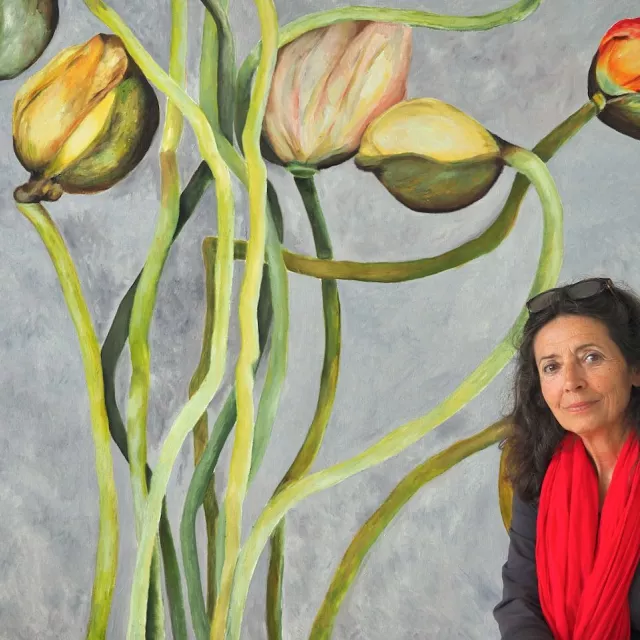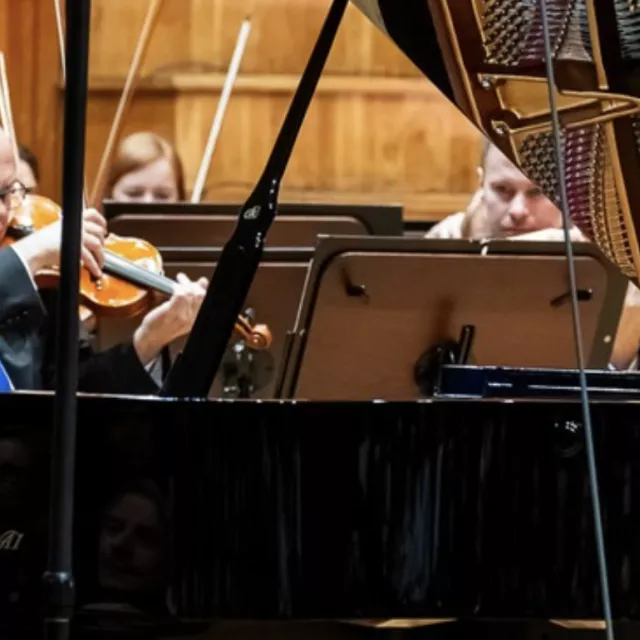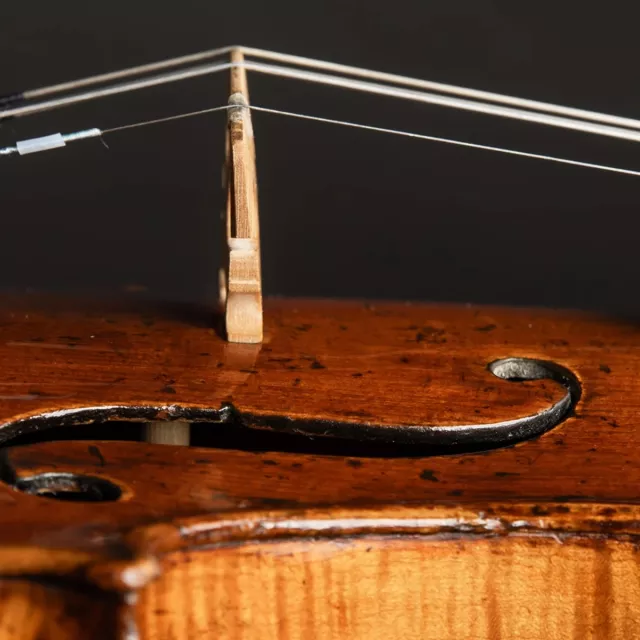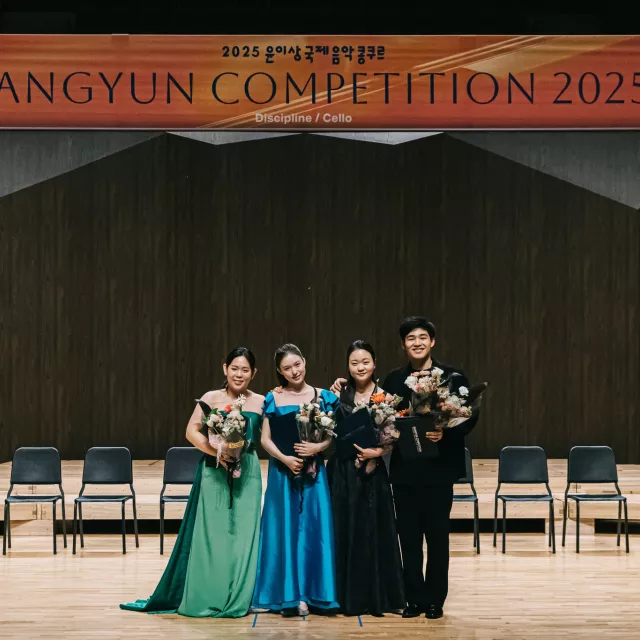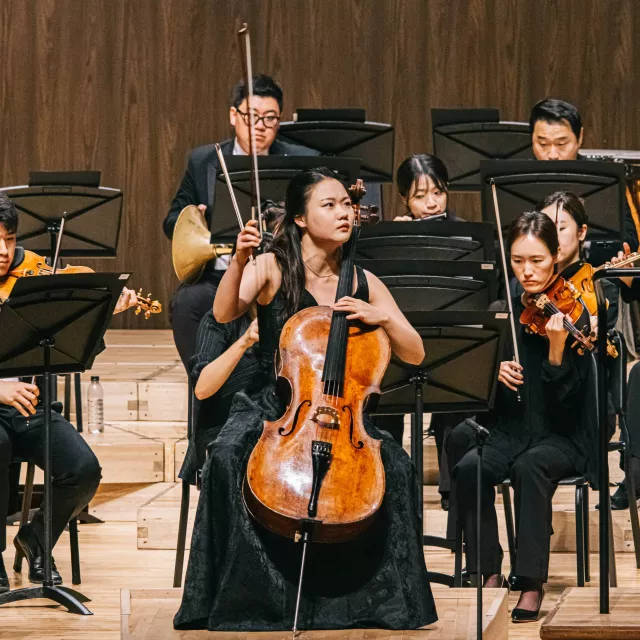WFIMC 2026 General Assembly
Old Town Hall, Vilnius, Lithuania
Like the previous two editions of our annual conference, the 2026 General Assembly will be held in two parts. We will begin with a 2-day international forum titled Inspiring the Future, focussing on topics that concern every one of us: the importance of creative programming; the strategic pursuit of new audiences, and the development of new performance formats. Guests like the iconic Hyung-ki Joo (Igudesman & Joo), Lithuanian pianist Mūza Rubackytė, Deborah Borda (former CEO of New York and LA Philharmonic), Louise Herron (CEO of Sydney Opera House) and many others will contribute to a vibrant and dynamic conversation about the future of the arts.
Organised by the WFIMC and the Center for International Cultural Projects in Vilnius, this forum will be open to WFIMC delegates but also (against a fee) to young artists, professionals, and competition laureates. Thanks to our partnership with Arts Council Korea (ARKO), the Lithuanian Academy of Music and Theatre and other organisations, scholarships covering travel and accommodation will be available to a significant number of these participants.
Following the forum, we will hold our General Assembly, focussing on a number of competition-related topics and internal issues. Apart from the meetings and performances in Vilnius, we will visit two historical places: the famous lakeside castle of Trakai, followed by a boat ride, concert and dinner at the beautiful Uzutrakio Manor House; and the picturesque old town of Kaunas, birthplace of M.K. Čiurlionis and European capital of culture in 2022.
CONFERENCE SCHEDULE
Tuesday, 16 June
Arrival and Welcome Reception
Wednesday, 17 June
WFIMC Forum: Inspiring the Future, Day I Setting the stage for New Formats
Concert: Lithuanian Chamber Orchestra/ Ian Bostridge
Thursday, 18 June
WFIMC Forum: Inspiring the Future, Day II/ Artists and the Digital Community
Friday, 19 June
General Assembly Day I
Saturday, 20 June
General Assembly Day II- excursion to Trakai & Užutrakis Manor
Sunday, 21 June
(optional) Excursion to Kaunas, departure
Mark the date: 16-21 June 2026, Vilnius, Lithuania
Preview: The 2026 General Assembly
Held in the Capital of Lithuania, our next Conference will feature a public Forum on Creative Programming, new Performance Formats, and Future Audiences
After the big-city, high-tech General Assembly in Harbin this past summer, next year’s conference will take place in a very different environment- the historic Old Town Hall of Vilnius, right in the middle of a maze of old cobblestone lanes and sun-drenched courtyards: the baroque Old Town, a UNESCO World Heritage Site in the middle of Lithuanias capital.
The history of Vilnius is a dramatic story of rise, ruin, and resilience, etched into the very stone of its streets. The city's official birth is marked by a grand gesture: in 1323, the powerful Grand Duke Gediminas sent letters inviting craftsmen and merchants to his new capital, nestled at the confluence of the Vilnia and Neris rivers. This act of foresight launched Vilnius as the political and cultural heart of the vast Grand Duchy of Lithuania, a multi-ethnic and multi-confessional state that stretched from the Baltic to the Black Sea.
Its golden age bloomed in the 16th to 18th centuries, leaving behind the breathtaking Baroque masterpiece that is its Old Town. However, the Partitions of the Polish-Lithuanian Commonwealth in the late 18th century plunged Vilnius into over two centuries of foreign rule, absorbed successively by the Russian Empire, Germany, and Poland. The 20th century brought unimaginable turmoil: two World Wars, the Holocaust that decimated its vibrant Jewish community, and decades of Soviet occupation.
Yet, the spirit of Gediminas never faded. On March 11, 1990, Lithuania became the first Soviet republic to declare independence, with Vilnius as its defiant capital. Today, the city is a vibrant European capital, where its painful past is honoured, and its reborn future is celebrated with creative, joyful energy.
Music resonates through the city’s century old streets, and from the majestic Lithuanian National Philharmonic Hall to the National Opera. Arriving from abroad, you are welcomed at Vilnius’ M.K. Čiurlionis international airport- named after Mikalojus Konstantinas Čiurlionis (1875-1911), Lithuania’s visionary Renaissance artist—a composer and painter who dreamed of a revolutionary synthesis of the arts. His musical works, like the symphonic poems "The Sea" and "In the Forest," are richly atmospheric, weaving Lithuanian folk motifs with a unique, almost mystical symbolism. In his paintings, which he often titled "Sonatas," he translated musical forms into breathtaking visual narratives. Čiurlionis created a universe where sounds had colours and images had rhythm, establishing a profound cultural legacy that continues to define the Lithuanian artistic spirit. He is a national treasure whose spirit lives on in the many music institutions and world-class musicians the country produces.
Few things will connect you to a country better than the local food. Centred on locally grown, seasonal produce and age-old cooking traditions, Lithuanian cuisine is brimming with authentic flavours. Here, national dishes are hearty, comforting and satisfying, and even if you don’t get the opportunity to share a meal in a local home, that shouldn’t stop you from eating like you are in one. Lithuania is a land where potatoes are revered in over 200 forms, the most iconic being cepelinai- zeppelin-shaped dumplings, stuffed with meat and slathered in sour cream and bacon. A little less substantial is šaltibarščiai, the psychedelic pink soup. Served ice-cold, this beetroot and buttermilk concoction with a side of hot potatoes is a culinary paradox that somehow works perfectly. But there is also the famous Lithuanian bread, and fried Bread Sticks, a popular snack. There are Kibinai (pastries similar to empanadas), Lithuanian cheese (often eaten together with honey), Balandeliai (cabbage rolls) and countless other dishes. Traditional Lithuanian food can be found in many cozy pubs, beer halls and dining rooms in beautiful historical buildings of the old town. If you prefer a lighter, more modern take on Lithuanian food, explore some of the hip bistros of Užupis, the city’s artist district- easily walkable from the Old Town Hall.
In our next newsletters, we will focus more on this beautiful Baltic city and on various aspects of our General Assembly. Official invitations and a detailed schedule will follow early next year; registration for the conference will begin in March. Welcome to Vilnius, Lithuania!
All dates, times and places are subject to change. Schedule information correct as of November 1, 2025.
©WFIMC2025/FR Photos: ©GoVilnius, ©WFIMC
